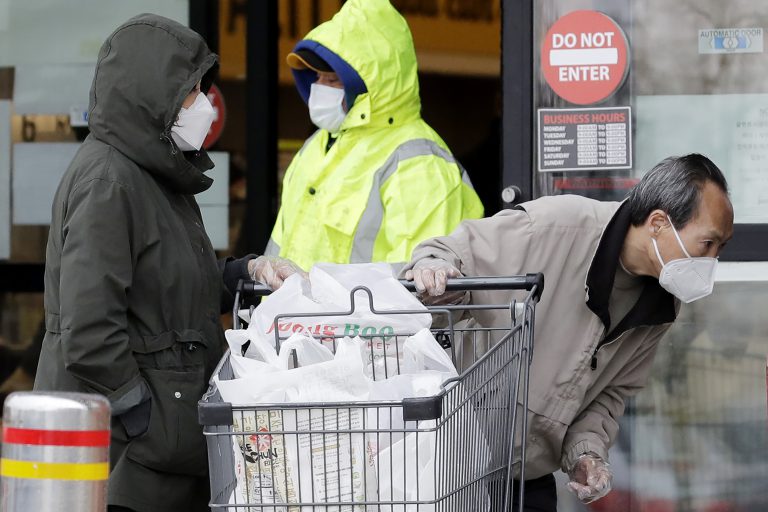CHICAGO – On Tuesday, Gov. J.B. Pritzker announced a new plan to gradually re-open the state in five phases. Under the Restore Illinois plan, each of the state’s four regions would return to non-essential business and other normal operations based on meeting certain thresholds over time.
“Restore Illinois is a public health plan to safely reintroduce the parts of our lives that have been put on hold in our fight against COVID-19,” Gov. Pritzker said in a statement. “This is also a data-driven plan that operates on a region-by-region basis, a recognition that reality on the ground looks different in different areas of our state.”
Gov. Pritzker says the state is already past Phase 1, and the modified stay-at-home order that took effect May 1st marked the start of Phase 2. In Phase 3, regions that meet certain public health thresholds could re-open non-essential manufacturing and businesses. Child care services and salons would be included in that list.
Phase 4 would allow restaurants, bars, gyms and schools to re-open with new capacity limits and guidelines. Phase 5 would be a return to normalcy, only after an approved vaccine or effective treatment becomes available.
According to illinois.gov, here are more details on the plan:
PHASE 1
- Rapid Spread: In phase 1, the state sees a high increase in the rate of COVID-19 infection, as well as hospitalizations.
- Stay-at-home and social distancing guidelines, along with the shutdown of all non-essential businesses, are put in place.
- Illinois experienced Phase 1 from early March through April.
PHASE 2
- Flattening: In Phase 2, while case numbers and hospitalizations continue to climb, they begin to flatten.
- Hospitals are allowed to conduct some elective surgeries.
- Non-essential retail can re-open for phone and online orders, as well as pick-up and deliveries. Some state parks can re-open, but must operate with strict social distancing and public health guidelines.
- Individuals must wear a face mask or covering when they’re out in public and are unable to maintain a six-foot distance.
- Phase 2 began on May 1st, when the governor’s extended stay-at-home order with modifications took effect.
PHASE 3
- Recovery: In order to reach Phase 3, the rate of COVID-19 infection—as well as hospitalizations and filled ICU beds—needs to be in decline in that particular region.
- The region needs to be at or below a 20% COVID-19 positivity rate, as well as a stabilized or decreased number of hospitalizations for 28 days. There also needs to be surge capacity of 14% of ICU beds and ventilators.
- In Phase 3, groups of 10 or fewer people can gather. Child care and summer programs can re-open under Illinois Department of Public Health (IDPH) guidelines.
- Non-essential manufacturing and businesses, including barbershops, salons and retail, can re-open with capacity limits.
PHASE 4
- Revitalization: Phase 4 allows gatherings of up to 50 people, though any major group events—like large conventions or festivals—will still be prohibited.
- In order to reach Phase 4, a region needs to maintain a 20% or lower positivity rate over the course of 14 days. There also needs to be no increase in COVID-19 hospital admissions for 28 days, and surge capacity of 14% of ICU beds and ventilators.
- During this phase, all employees of non-essential businesses can return to work with IDPH guidelines.
- Bars and restaurants, as well as personal care services, cinemas and gyms, can re-open with capacity limits and IDPH guidelines.
- Schools, higher education, summer programs and child care services can all re-open with IDPH guidelines.
PHASE 5
- Post-pandemic: Only when a vaccine or effective treatment becomes available could the state’s regions move towards Phase 5.
- In this phase, the state can return to normal. All sectors of the economy, as well as large gatherings, can re-open.

